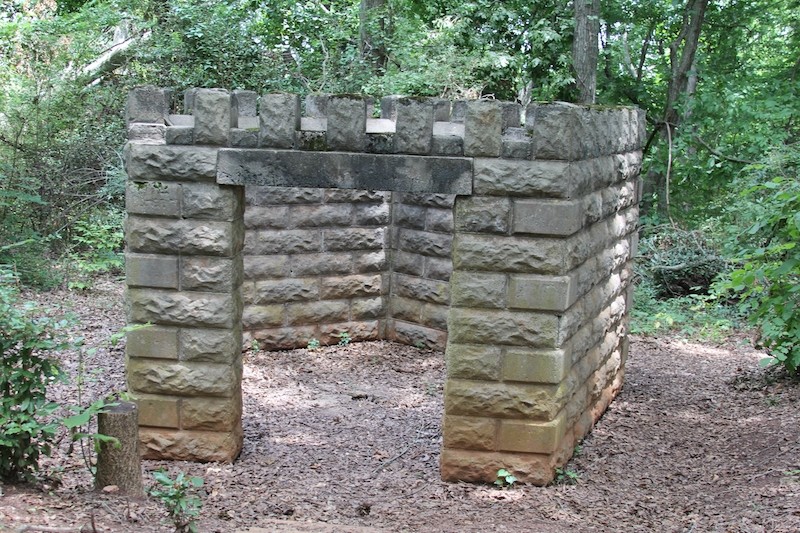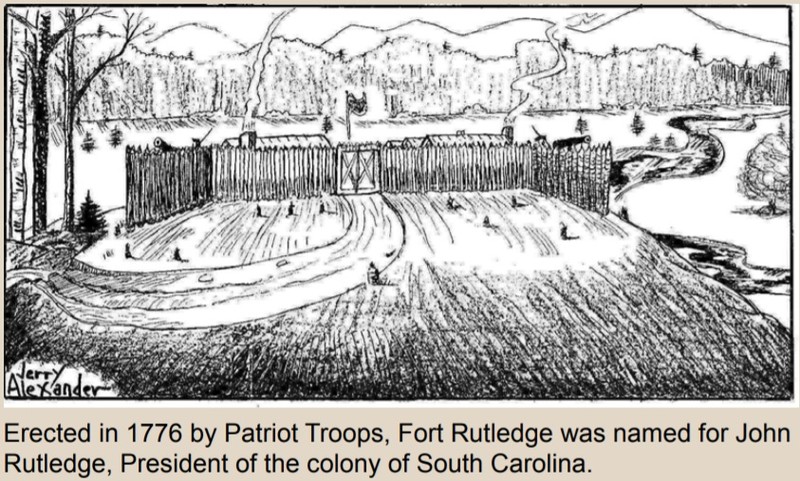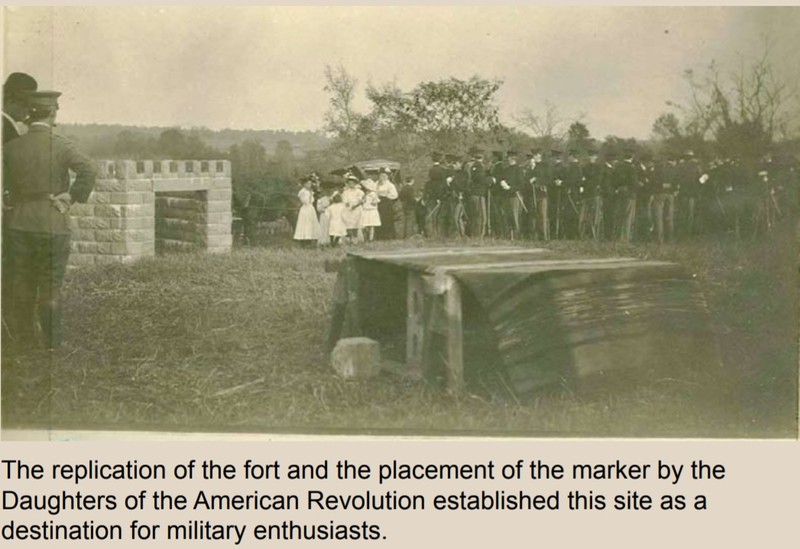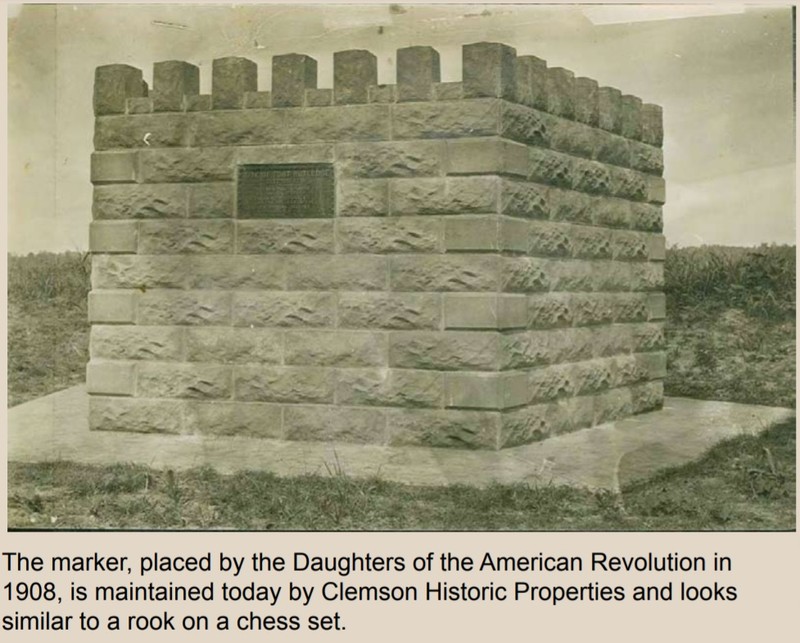Fort Rutledge
Introduction
Text-to-speech Audio
Images
The monument was erected in 1908 by the Board of Trustees of Clemson University at the request of the Daughters of the American Revolution..

Sketch of Fort Rutledge

Monument to Fort Rutledge Constructed in 1908

View of the Monument in 1908

Backstory and Context
Text-to-speech Audio
In the Battle of Esseneca, on August 1st, 1776, Francis Salvador became the first Jewish American to be killed in the American Revolution. After this battle, Major Williamson mounted a successful campaign against the Cherokee which would result in a treaty that ceded most of northwest South Carolina to the state government after the end of the war. He encamped with a force of 2,300 and left 300 men garrisoned at Fort Rutledge during his three-month-long campaign against the Cherokee. While the exact location of the fort is unknown, there is some speculation that Clemson's Tillman Hall now stands where the fort once stood, and others suspect that the original site is now under Lake Hartwell. It was the view of this fort that inspired the name of John C. Calhoun's plantation on the land that would become Clemson University. Originally called Clergy Hall, John C. Calhoun named his new home Fort Hill in 1831 since the home overlooked the site of Fort Rutledge.
Sources
“Battle of Seneca Old Town/Fort Rutledge,” accessed August 3, 2020, https://discoversouthcarolina.com/products/27157;
“Fort Rutledge - FortWiki Historic U.S. and Canadian Forts,” accessed August 3, 2020, http://www.fortwiki.com/Fort_Rutledge;
“Site of Fort Rutledge Historical Marker,” accessed August 3, 2020, https://www.hmdb.org/m.asp?m=13174;
“The American Revolution in South Carolina - Fort Rutledge,” accessed August 3, 2020, https://www.carolana.com/SC/Revolution/revolution_fort_rutledge.html.
https://discoversouthcarolina.com/products/27157
https://www.clemson.edu/about/history/properties/documents/2.pdf
https://www.clemson.edu/about/history/properties/documents/2.pdf
https://www.clemson.edu/about/history/properties/documents/2.pdf
